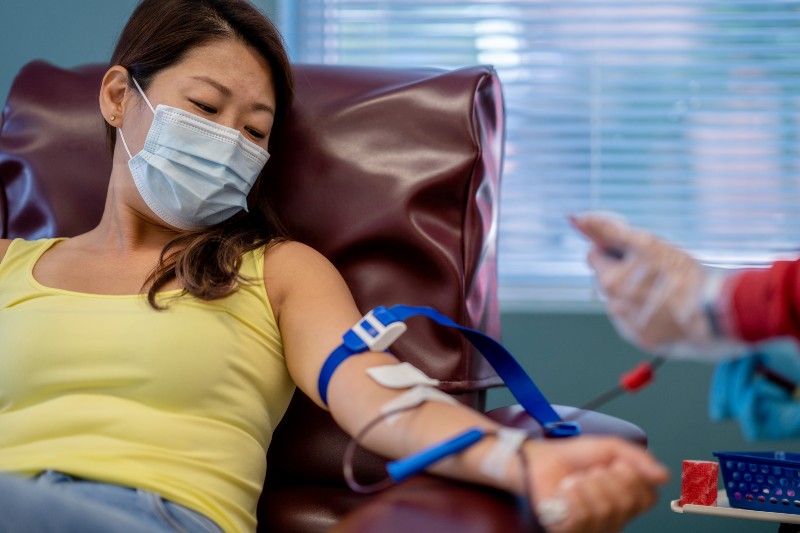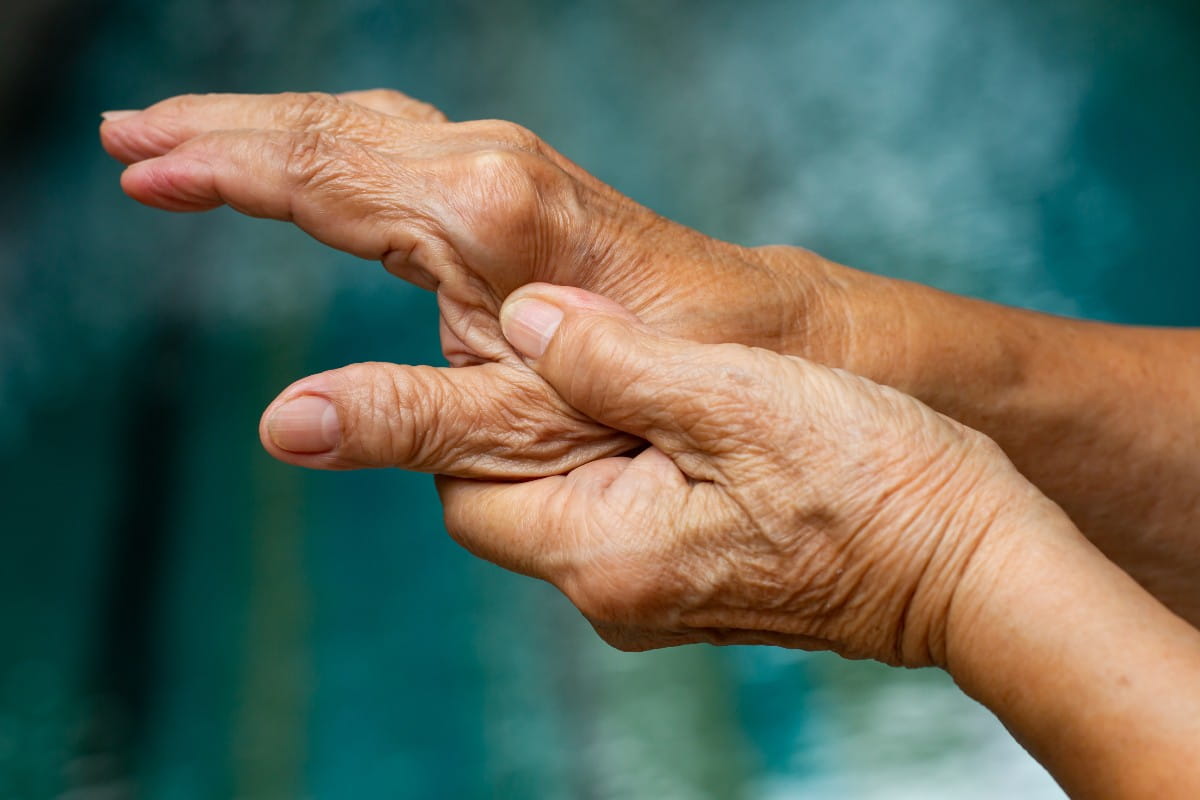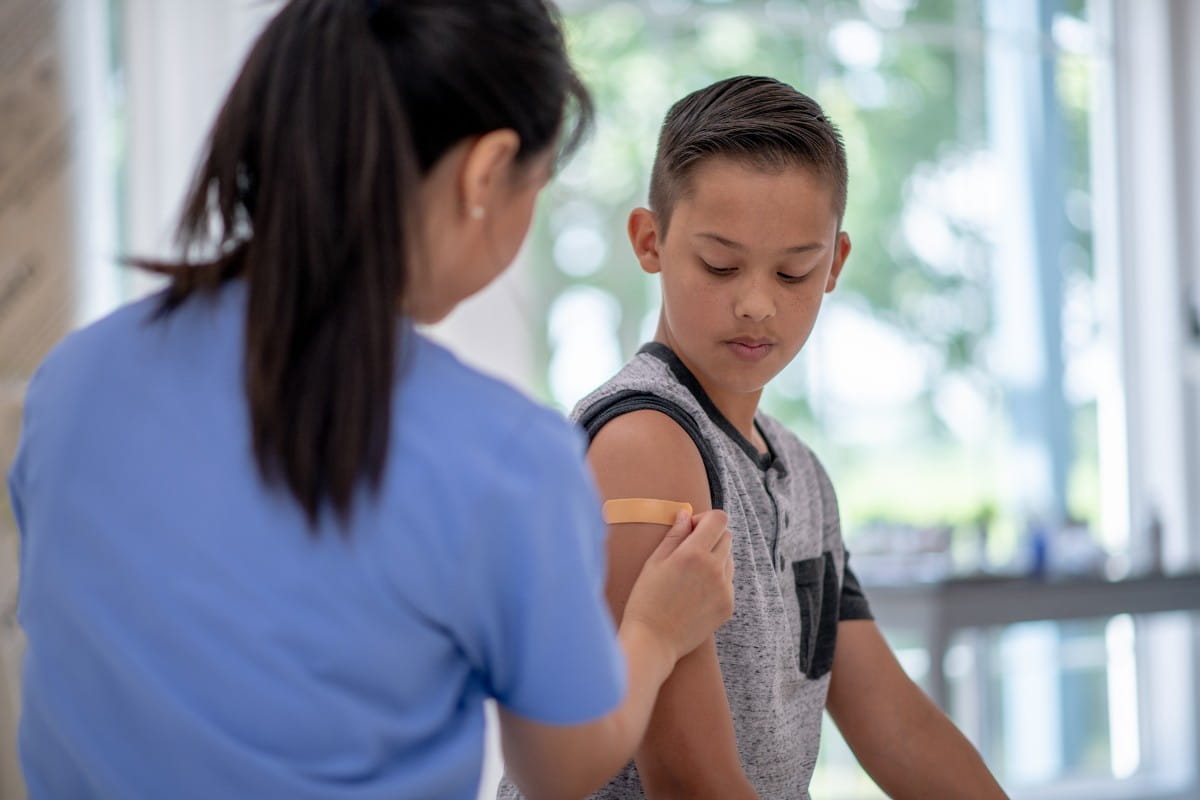Blood donors play an essential role in health care by providing blood products that are lifesaving for patients who need them.
“Recipients of blood donations could include patients undergoing organ transplants or other surgeries, patients receiving treatments for certain cancers, or patients recovering from a critical accident or burn injury, among other conditions,” explains Lynn Onesty, System Director of Laboratory Services. “To provide the best possible care to our patients, we rely on volunteers willing to donate blood so that it’s always available when it’s needed.”
Four types of blood donation
People often speak in general terms about donating blood or being a blood donor. But many may not realize there are four distinct types of blood donation, each of them vital in their own way.
Whole blood
Who it helps: Mainly people in trauma situations or having surgery.
Plasma
Plasma donations involve the donation of plasma, the liquid portion of the blood that helps carry nutrients throughout the body. In a plasma-only donation, blood is drawn through a needle placed in the arm. It is then sent through a machine that collects the plasma in a process called plasmapheresis. Red blood cells and platelets are returned to the donor in a saline solution. The process – which typically only takes place at dedicated blood or plasma collection centers – can take one to two hours. Donors ages 18 and up can donate plasma every 28 days.
Who it helps: Burn or trauma victims and patients with blood or clotting disorders or cancer.
Platelets
Platelets are tiny cells in the blood that aid in clotting. In platelet donation, blood is collected through a needle in the arm and sent through a specialized apheresis machine that removes and collects the platelets. During the process, which can take up to three hours, the donor’s red blood cells and most of their plasma are returned back into the bloodstream. Donors can donate platelets at specialized collection centers every seven days, up to 24 times per year.
Who it helps: Patients undergoing cancer treatments or organ transplants, as well as other surgical procedures
Red Cells
Red blood cells help carry oxygen throughout the body. In a double red blood cell donation – sometimes called a power red donation – whole blood is withdrawn and then passed through an apheresis machine that separates and collects the red blood cells. The donor’s platelets and plasma are then returned to their bloodstream. This 90-minute process safely removes two times the amount of red blood cells typically available through a traditional whole blood donation. Donors can donate red cells at a collection center every 112 days, up to three times per year.
Who it helps: Patients suffering blood loss in trauma or surgery and patients with sickle cell anemia.
“Every kind of blood donation is critical since each blood product has a specialized use in health care,” Onesty says. “I’d encourage those new to blood donation to consider becoming whole blood donors as a first step. That process is quick and easy – and whole blood can be broken into its components as needed.”
Currently, the American Red Cross is reporting historically low levels of blood supplies across the country, in part due to limited donations during the pandemic.
To help address this critical blood shortage, make plans to donate blood today. To make an appointment at a blood drive near you, go to https://www.redcrossblood.org/give.html/find-drive or go to https://americasblood.org/for-donors/find-a-blood-center/ to find your nearest blood center.



